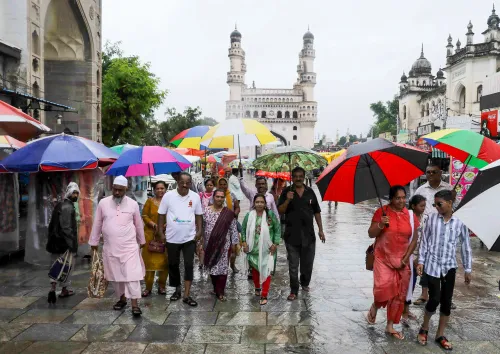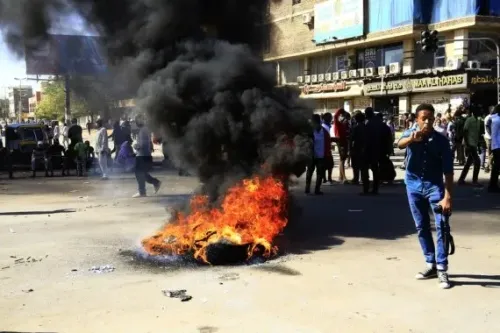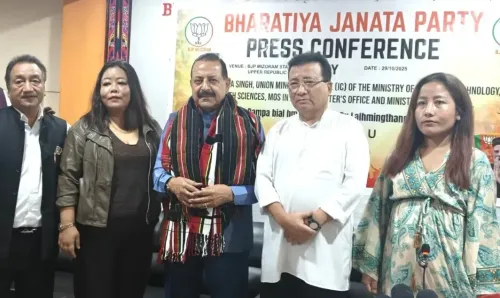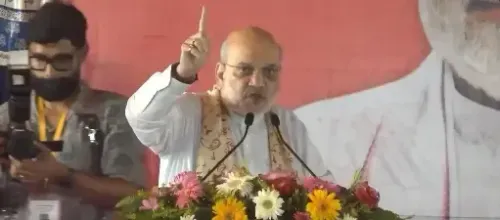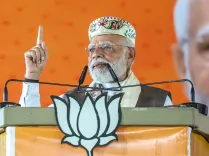How is the Haryana government transforming the state's economy?
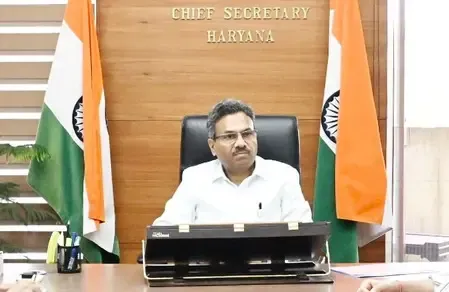
Synopsis
Key Takeaways
- Cluster Plug and Play Scheme allows instant setup of industries.
- 50% government funding available for projects.
- PADMA initiative to create mini industrial parks.
- Over 1,100 compliance requirements eliminated.
- Haryana Jan Vishwas Bill promotes trust in business.
Chandigarh, Oct 29 (NationPress) Haryana is swiftly evolving into a center of entrepreneurship, innovation, and industrial expansion under the leadership of Chief Secretary Anurag Rastogi. This transformation is driven by a range of reformative strategies aimed at reshaping the economic landscape of the state.
The Cluster Plug and Play Scheme is changing the way industries establish and grow within Haryana.
Entrepreneurs can now bypass lengthy waits for land, utilities, or approvals.
They can step into fully-equipped, ready-to-use factory spaces and commence production without delay.
Currently, 64 projects have received approval, with a total grant-in-aid amounting to Rs 318.49 crore.
This scheme, which has been extended until December 31, provides 50 percent of project costs, up to Rs 5 crore, as government support for developing flatted factory complexes on a minimum of five acres.
The state has introduced a 10 percent cost flexibility to facilitate smoother execution.
During a meeting on Wednesday, the Chief Secretary highlighted that this model serves as an “instant launchpad” for industries, particularly MSMEs, by significantly reducing gestation periods and providing all necessary infrastructure upfront—power, water, connectivity, and compliance—under one roof.
The state's vision extends beyond urban areas.
Through the Programme to Accelerate Development for MSME Advancement (PADMA), Haryana aims to create mini industrial parks in all 143 blocks, bringing entrepreneurship closer to the rural youth.
Each park will contain at least 10 plug-and-play sheds equipped with shared amenities.
So far, 16 applications have been submitted, with seven projects receiving final approval and three more granted in-principle clearance.
To support this growth, a new overarching policy is being developed to offer enhanced incentives for tier-II and tier-III towns, promoting decentralized industrial development beyond Gurugram and Faridabad.
Rastogi stated that the PADMA initiative is the “rural industrial revolution of Haryana”, ensuring equitable growth and job creation in smaller towns and villages.
Amit Kumar Agrawal, Commissioner and Secretary (Industries and Commerce), noted that the state government has streamlined 1,113 compliance requirements across 14 Acts and decriminalized 37 minor provisions, allowing entrepreneurs to focus on innovation rather than paperwork.
This simplification encompasses 842 business-related and 271 citizen-related compliances, with a goal of reaching 1,500 by December.
A Deregulation Committee was established on August 27 to implement international best practices in administrative reforms.
Supporting these reforms, the upcoming Haryana Jan Vishwas Bill of 2025 aims to replace imprisonment clauses with monetary penalties, fostering a culture of trust between the government and business.
To ensure comprehensive planning, any infrastructure project exceeding Rs 100 crore will now be evaluated by the Network Planning Group and the Empowered Group of Secretaries under the PM GatiShakti framework.

